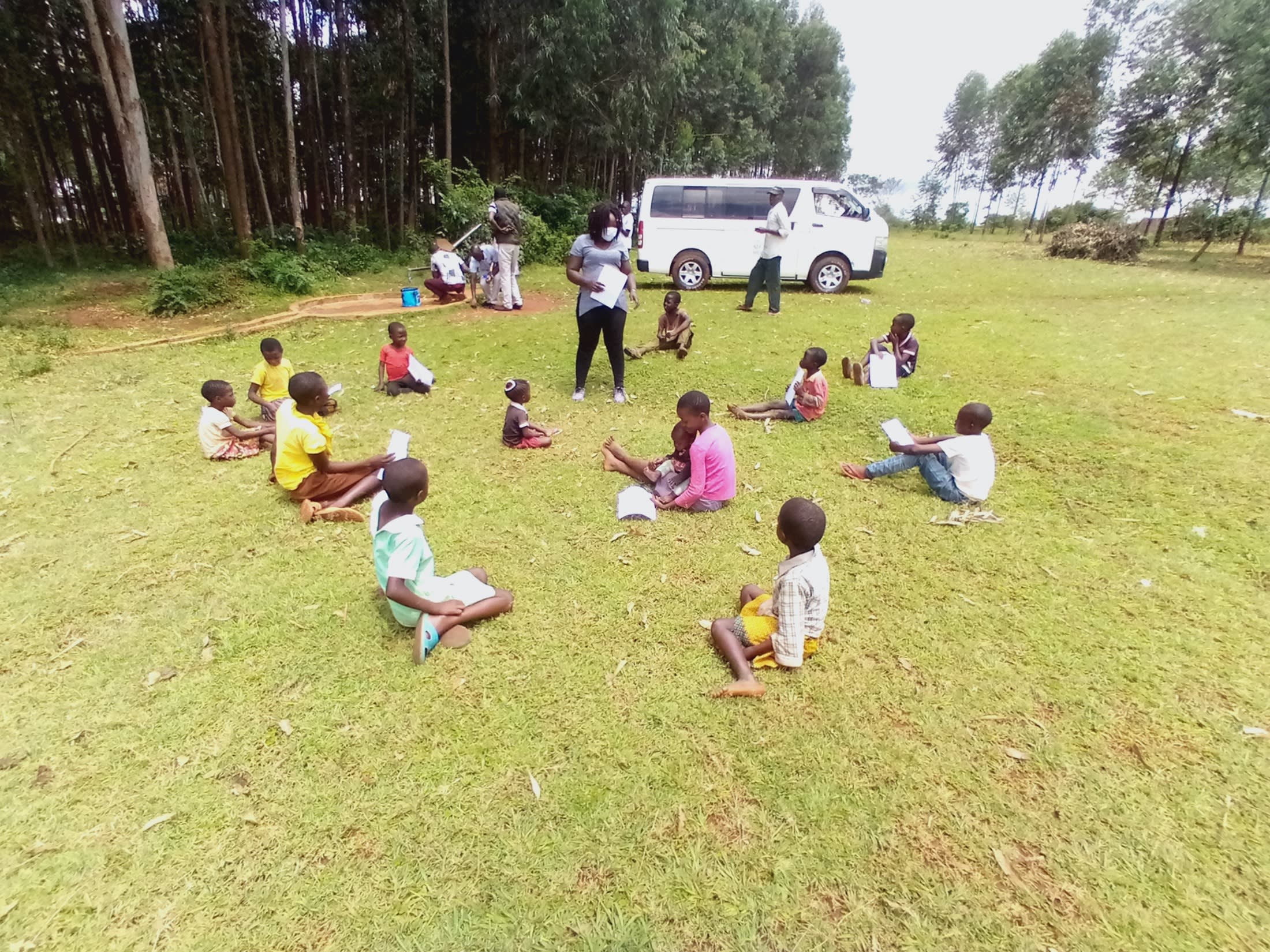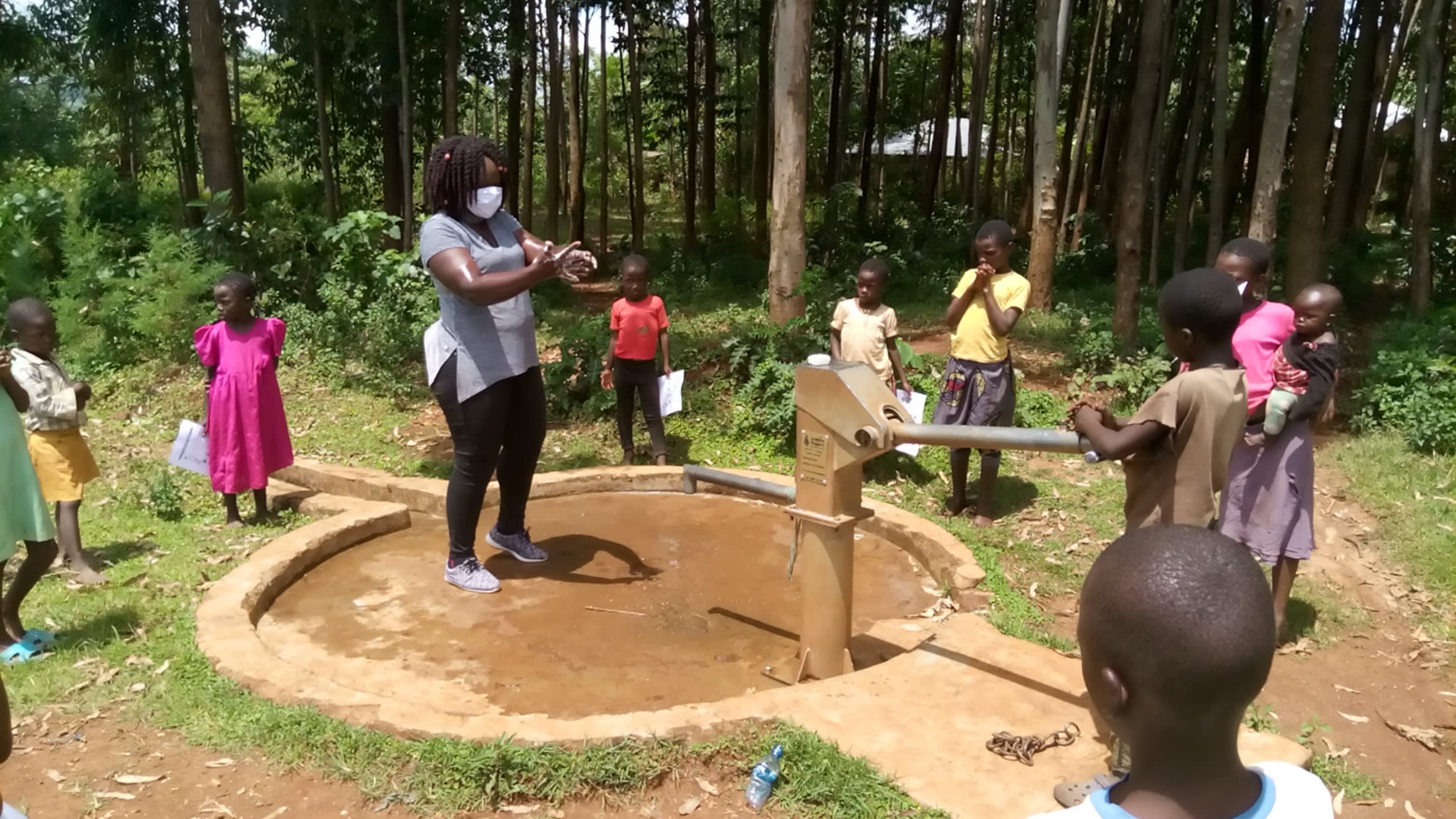This project is part of Bridge Water Project's program in Western Kenya. What follows is direct from them:
BACKGROUND
The proposed Shisango secondary school was started in the year 2009 through the combined efforts of Shisango primary school teachers and parents. Shisango secondary school is a girl’s school, which is now having two academic streams, that is form one and two.
Since its inception, the school has managed to put up one block building, which serves as the computer class and the other two rooms where the students conduct their studies.
Most of the students of this school come from the neighboring communities. Among many challenges, like lack of a library, limited teaching personnel, and lack of basic facilities, the school’s most pressing challenge is a lack of consistent quality water supply.
The school management board and entire fraternity of Shisango girl’s secondary school learned of Bridge Water Project Development activities and completed an application for help to drill and provide water for the school.
CURRENT WATER SOURCE
Currently, the Shisango secondary school together with the primary school students and pupils respectively carry water from their homes. The water quality and water storage is questionable since the containers used to carry water are dirty and the children have not been properly trained in transport and storage of water. They are also collecting water from unsafe sources such as open streams.
During the dry season, most of these streams in the area dry up, which leaves children having to walk even farther for water. This can also be a risk for young girls who have to travel far distances for clean water. They are at risk by predators and also lose valuable time that could be more constructively used, for studying and play.
POPULATION
The secondary school has an enrollment of 150 girls as the enrollment of the new students joining form one still going on, and 4 teachers. The primary section has a population of 750 pupils and 25 teachers.
(Editor's Note: While this many people may have access on any given day, realistically a single water source can only support a population of 350-500 people. This community would be a good candidate for a second project in the future so adequate water is available. To learn more, click here.)
HYGIENE & SANITATION
The school has few permanent classrooms which are washed once per week (that’s on Friday), 6 pit latrines for students and 8 pit latrines for pupils, 4 for teachers (2 for male and 2 for female teachers). The latrines are not washed on daily basis.
Both the secondary and primary section have no hand washing stations except one for teachers which is located at the office door.
There’s a kitchen where food is prepared and served. There is composite pit where litters are dumped.
ACCESSING THE NEED
There is need to drill a borehole for the proposed Shisango Girls Secondary school that is aimed at improving sanitation and hygiene status of the entire school and also to enable students get quality water supplies for their domestic needs, hence reducing water borne disease cases in the school with a reliable water point which will contribute towards academic performance.
PROJECT BENEFICIARIES
If a well is drilled, it will benefit the students and pupils of Shisango.
WATER COMMITTEE
The water management committee will be formed and strengthened by BWP staff during community education on water and sanitation prior to the implementation of the proposed water project.
RISKS
Lack of water for drilling and therefore more manpower is required for bringing water needed for the drilling process.
 Borehole Well and Hand Pump
Borehole Well and Hand Pump
 Rehabilitation Project
Rehabilitation Project




















